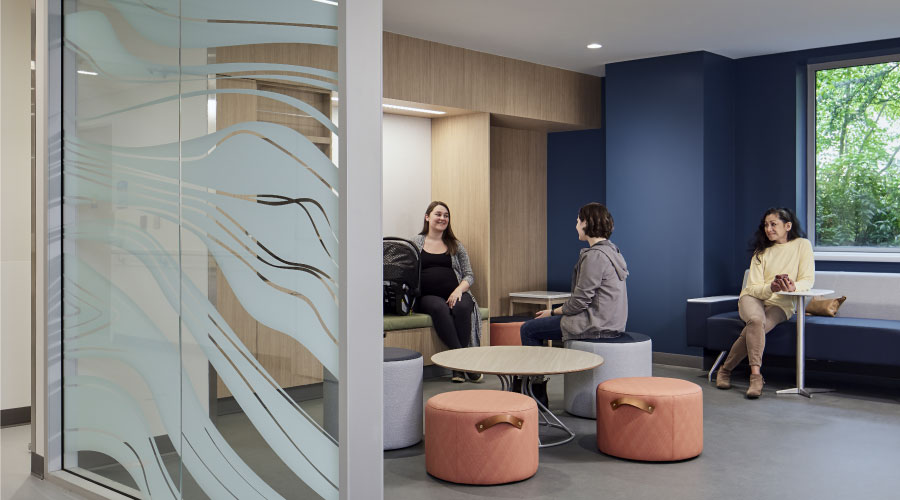 Photo courtesy of Aligned Energy
Photo courtesy of Aligned EnergyTips for Evaluating Colocation Data Center Providers
Colocation providers seek ways to differentiate themselves in the market.
Facility managers working for enterprises that are considering a move to a colocation data center can play a key role in evaluating a major point of differentiation among colocation providers: sustainability measures like energy efficiency and renewable energy sources. “Green isn’t just the environment; green is money,” Goldsmith points out. “Using less power means using less money.” RagingWire has a lot of renewable energy suppliers and is always looking for efficiencies.
To run a data center optimally means following a constant stream of real-time data about temperature, humidity, power use, UPS, and other factors, Goldsmith says.
Data centers grow steadily more efficient. “It follows Moore’s law” that processing capacity doubles every 18 months, Hatem says. “There’s a direct correlation with amount of processing per watt of power. Our clients don’t lease square feet; they lease power.” An efficient data center, he says, can now pack 225 watts of power into a square foot of space.
What’s more, power usage effectiveness (PUE), the ratio of all energy consumed to energy used for IT equipment like servers, is now often down to 1.3 or 1.4, instead of the values in the 2s of past decades.
Other Considerations
The facility manager is in the best position to evaluate the staff that will be operating the colocation or cloud data center. “The team that runs and operates the site is the key critical differentiator,” says Schaap.
Speed is another point to consider when evaluating colocation options. CyrusOne touts its quick scaling capacity — “six months from dirt,” Hatem says.
Scalability is also a critical consideration. Aligned Energy’s data centers offer what Schaap calls “dynamic infrastructure to support high, mixed, and variable power densities.” That approach, Schaap says, “dynamically allows workload densities to scale in place, as opposed to spreading out or requiring a massive investment to augment floors for increasing heat loads.”
New Dynamic
The move by many businesses toward cloud solutions has changed the dynamic for colocation providers.
“The industry is really going to cloud solutions,” Gilmer says. If a company is mostly using virtual data, “there’s no need to physically move to a colo. You should be moving to a cloud solution and not owning equipment anymore.”
But, he continues, there are some exceptions, particularly in industries that have legal requirements for greater security, such as healthcare, banking, government, or “anyone who deals with law enforcement or health and human services in the public sector.”
What FMs Need to Know
A cloud data center can be designed more efficiently than a colo, Gilmer says, because “you can put six customers on one server in one rack.” Without the need to physically separate clients’ servers, cooling and power can be distributed more evenly, and “that’s the key thing a facility manager needs to understand today.”
As corporations increasingly outsource IT applications to the cloud, the colo industry is moving to keep up, adding capacity for cloud companies, as well as for traditional enterprise customers that don’t specialize in IT. “We don’t view cloud companies as the competition or the enemy,” Goldsmith says. “Cloud companies are our biggest customers and our biggest growers.”
Gilmer warns that enterprises moving their data offsite need to have clear definitions of what they’re looking for and what they’re buying. Most of Gilmer’s clients, he says, are “consolidating to fewer data centers and moving to private cloud solutions, away from colo.” But, he says, most of them can’t put 100 percent of their data in the cloud, so they’re going with providers that offer both services.
Paying a fee per rack can be uncharted territory, he warns, because some racks hold more servers and use more power than others. “A lot of people miss the density issue.”
Before a company makes a decision about cloud, colo, and in-house data center options, Gilmer says, “the facility people need to be in constant conversation with the IT people, no matter which road they go down.”
David Lewellen is a freelance writer who covers facility issues.
Jeff Gilmer is speaking at the 2018 Critical Facilities Summit.
Related Topics:












